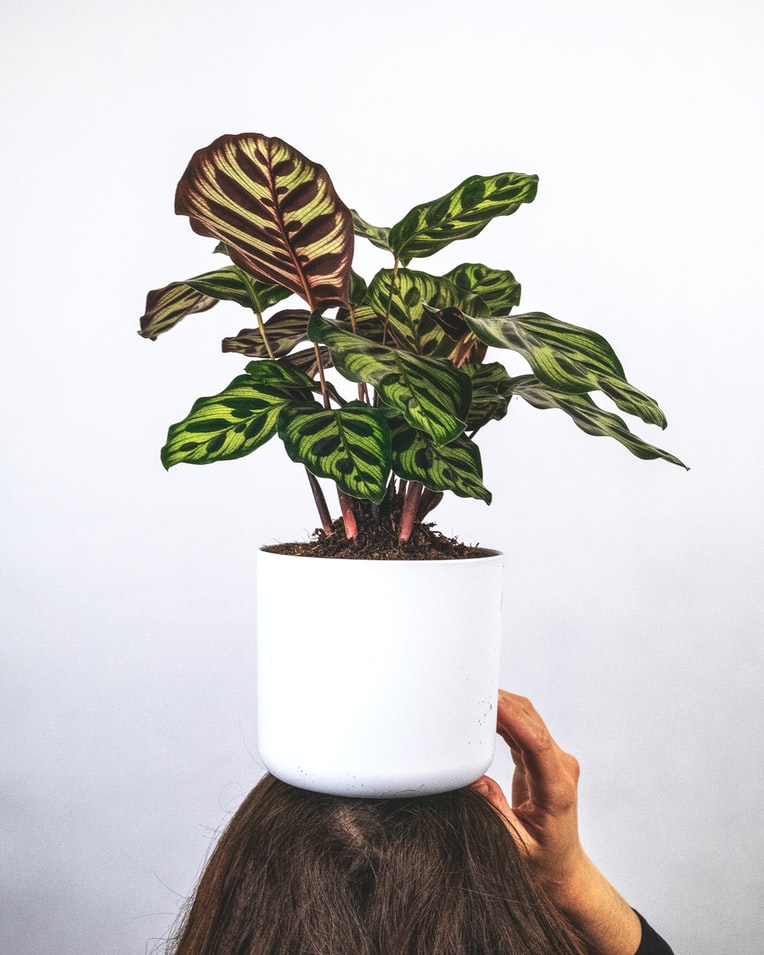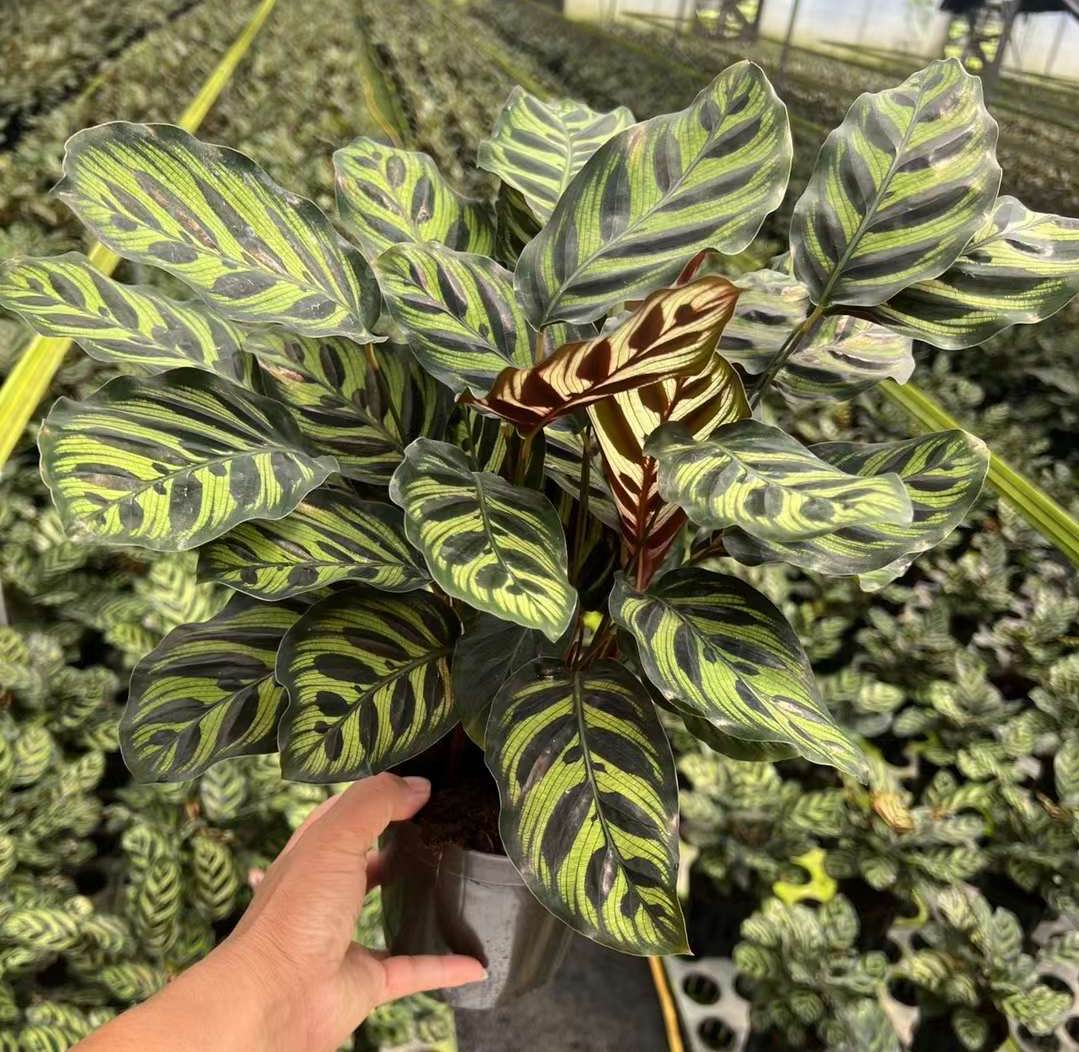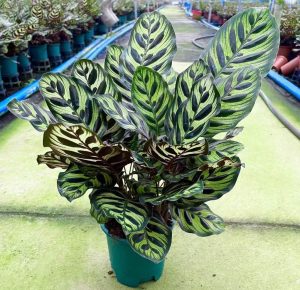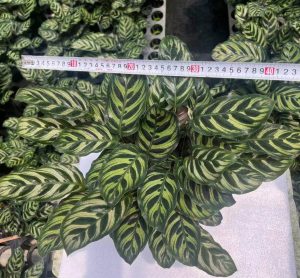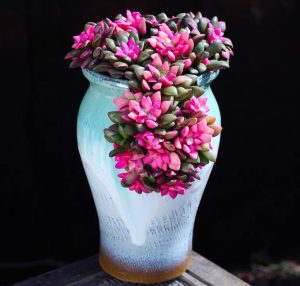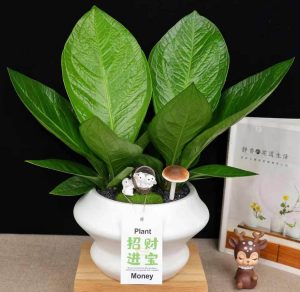Calathea makoyana, we used to call it Peacock Plant. It is a popular houseplant known for its striking foliage. This plant is native to Brazil, which has large, oval leaves with feather-like patterns and a combination of green and dark purple hues. Like all Calathea plants, they exhibit a distinctive "sleeping" behavior on their leaf movements.
The leaves move in response to the daily light cycle. They stretch outward during the day and fold inward & droop down at night
, resembling hands in prayer, that's why they got their common name Prayer Plant.


